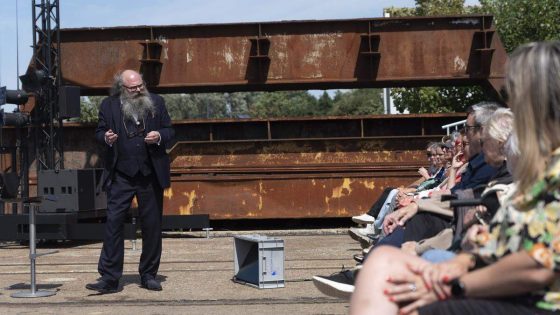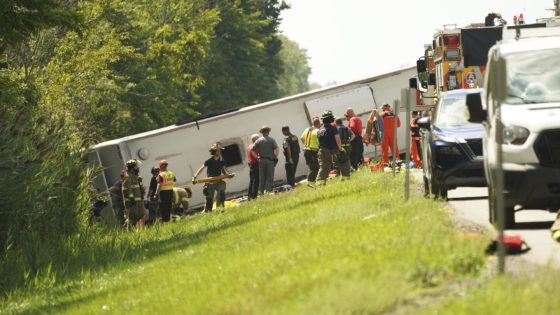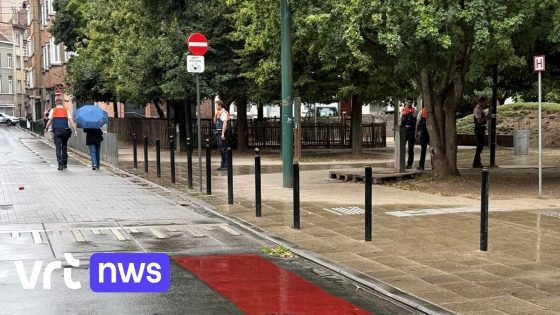The recent incident involving springtuig from World War II at the Visserijdok in Oostende has captured the attention of many in Belgium. On 2025-08-04 00:55:00, a fire broke out due to this explosive material, causing significant disruption to the popular Theater Aan Zee festival. The event forced organizers to cancel several performances and evacuate attendees, including actor Damiaan De Schrijver, who recalled being evacuated in a Schopenhauer costume.
- Damiaan De Schrijver evacuated in costume
- WWII explosives ignite at Oostende dock
- Theater Aan Zee performances temporarily canceled
- Self-igniting object disrupted Theater Aan Zee
- DOVO removed unexploded explosive from site
- Springtuig fire extinguished at Visserijdok Oostende
How could a relic from the past still pose such a threat today? The springtuig, which self-ignited when moved, highlights the dangers of handling unexploded wartime ordnance in urban areas. Emergency services, including the DOVO unit, responded promptly to secure the site and remove the explosive safely.
With Theater Aan Zee temporarily halted, the community is left wondering about the safety of public events near former military sites. What measures can be taken to prevent similar incidents in the future? Here is what you need to know.
This incident raises important questions about public safety and heritage management. Should Belgium increase efforts to survey and clear unexploded ordnance in urban zones? Key considerations include:
- Awareness of historical risks in coastal cities like Oostende
- Improved protocols for handling and relocating wartime explosives
- Emergency preparedness for cultural events near former conflict sites
Looking ahead, organizers and authorities must collaborate closely to ensure the safety of cultural festivals and public spaces. Enhanced detection and rapid response will be crucial to prevent future disruptions and protect Belgium’s rich heritage.

































